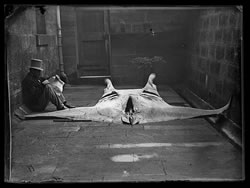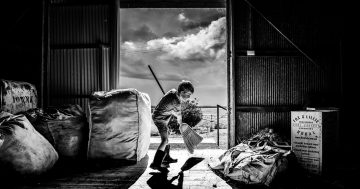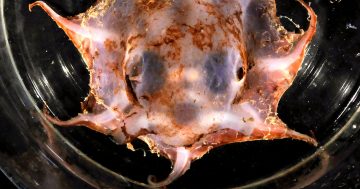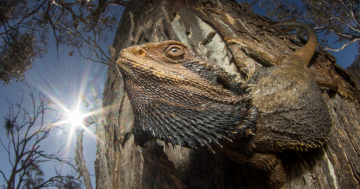 A new exhibition of 19th century photographs, many taken by scientists of their work, is to open this weekend (16 February) at the Australian Museum (AM) in Sydney.
A new exhibition of 19th century photographs, many taken by scientists of their work, is to open this weekend (16 February) at the Australian Museum (AM) in Sydney.
The exhibition Capturing Nature showcases the scientific discoveries of Australian Museum scientists between the 1850s and 1890s, whilst also telling the story of the advent of photography in the young colony, less than 10 years after the birth of photography in Europe.
Director and Chief Executive of the Australian Museum, Kim McKay said the images ranged from the initial tentative experiments in the 1850s to the time when photography was becoming an indispensable part of museum practice in the early 1890s.
“The subjects vary from a large sunfish and the flipper of a sperm whale to a gorilla and the fragile bones of a flamingo,” Ms McKay said.
“Most of the specimens photographed at the museum are by taxidermist, Henry Barnes and his son, Henry Barnes Jnr with the help of the AM’s pioneering Curator, Gerard Krefft,” she said.
“Visitors to the exhibition will see some of the original specimens and period cameras alongside 67 rich, large-format prints.
“Collectively, they highlight the legacy of this photographic medium, demonstrating the importance of glass plate photography as a viable and popular art, as well as a recorder of history and science.”
Ms McKay said some of the earliest adopters of photography were scientists, quick to see its enormous potential for capturing the process of discovery and describing new species which were the foundation of scientific practice.








